-

China's ambitious space programme suffered a major setback on July 2, 2017 as its new heavy-lift carrier rocket, the Long March-5 Y2 failed to put the country's largest satellite into orbit. (Reuters)
-
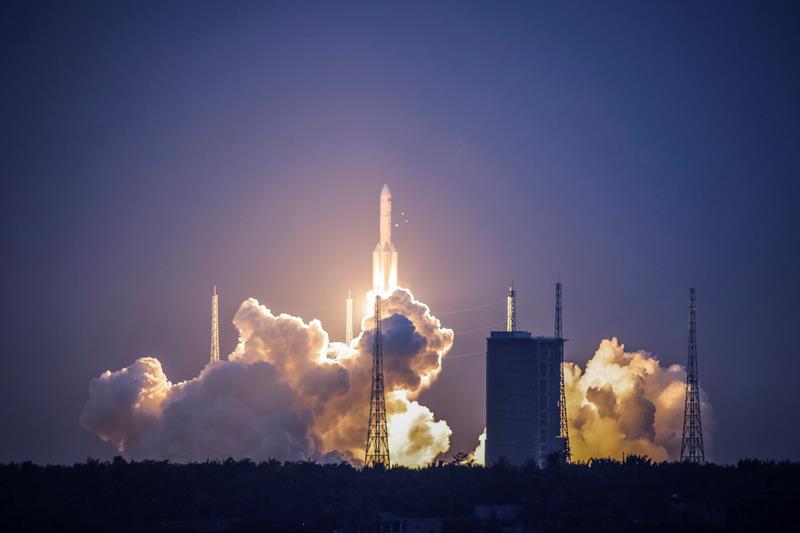
An anomaly occurred during the flight of the rocket, which blasted off at 7:23 PM from Wenchang Space Launch Centre in southern province of Hainan. (Reuters)
-
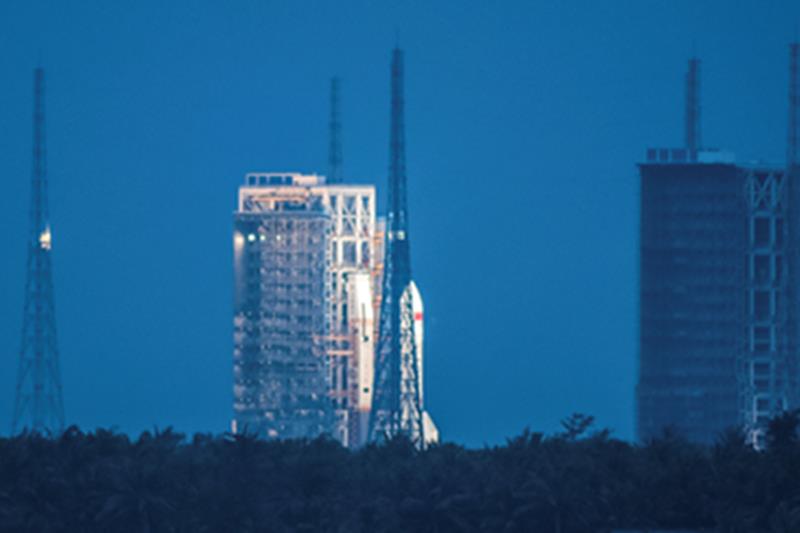
The launch which was telecast live initially appeared successful as the rocket blasted off seemingly without problem. But it was later reported that the rocket launch has failed. (Reuters)
-
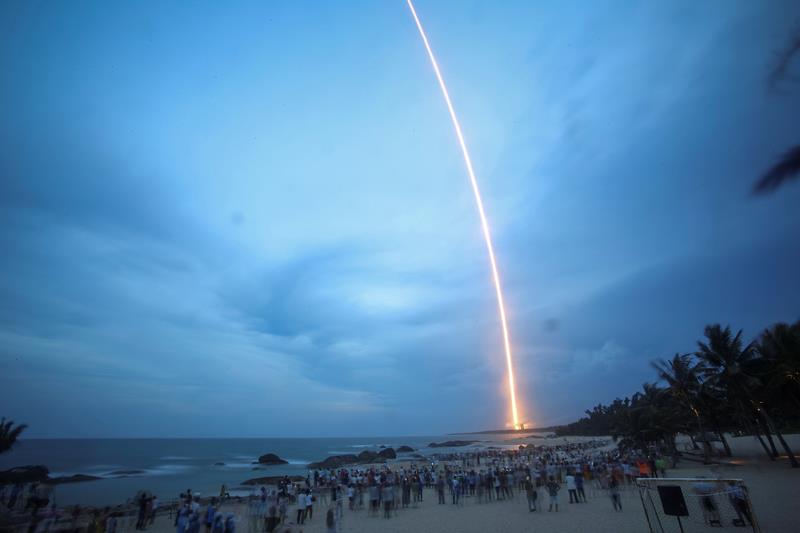
The Long March-5 made its maiden flight in November 2016 from Wenchang, sending its payload into pre-set orbit. The rocket, carried the Shijian-18 satellite. (Reuters)
-

The launch is the last test for the Long March-5 series before its mission to send the Chang'e-5 lunar probe into space in the latter half of this year, which will return with samples. (Reuters)
-
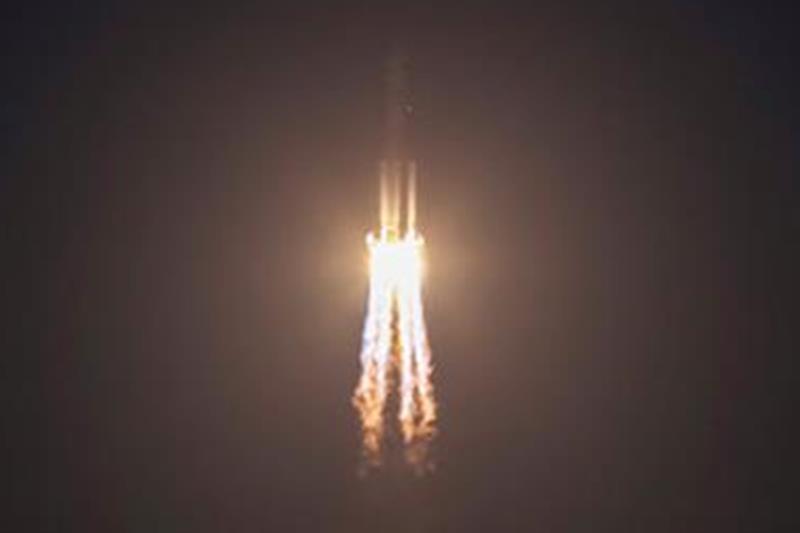
With a weight of 7.5 tonnes, Shijian-18 is China's latest technology experiment satellite and the heaviest satellite China has ever launched into space. The Long March-5 uses environmentally friendly fuel, including kerosene, liquid hydrogen, and liquid oxygen, rather than highly toxic propellants. (Reuters)
-
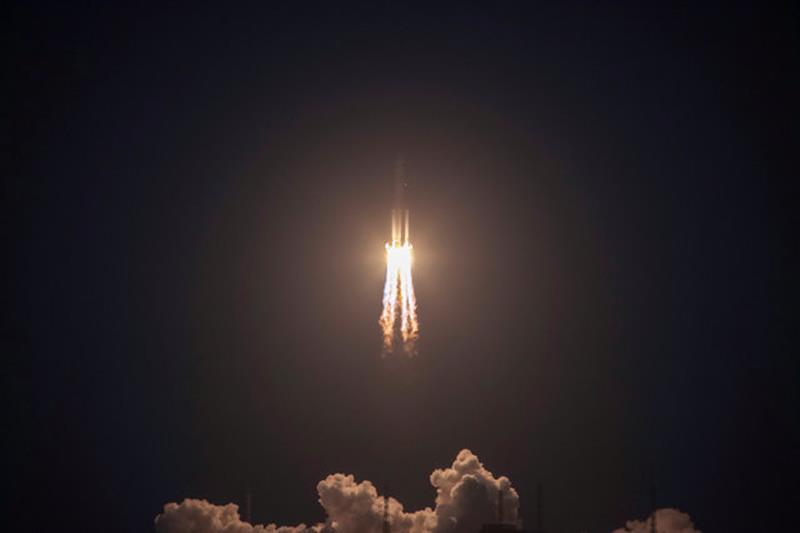
It was aimed at testing China's new Dongfanghong-5 (DFH-5) satellite platform and carry out in-orbit experiments including Q/V band satellite communication, satellite-ground laser communication technologies and an advanced Hull electric propulsion system. (Reuters)

US visa interview waiver scrapped for kids, senior citizens, foreign workers and students






